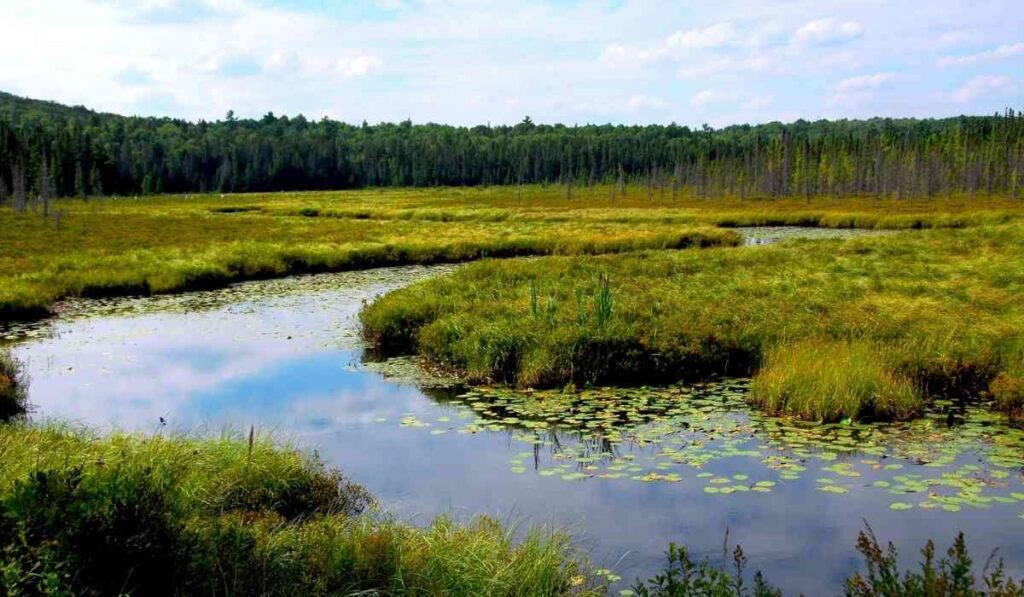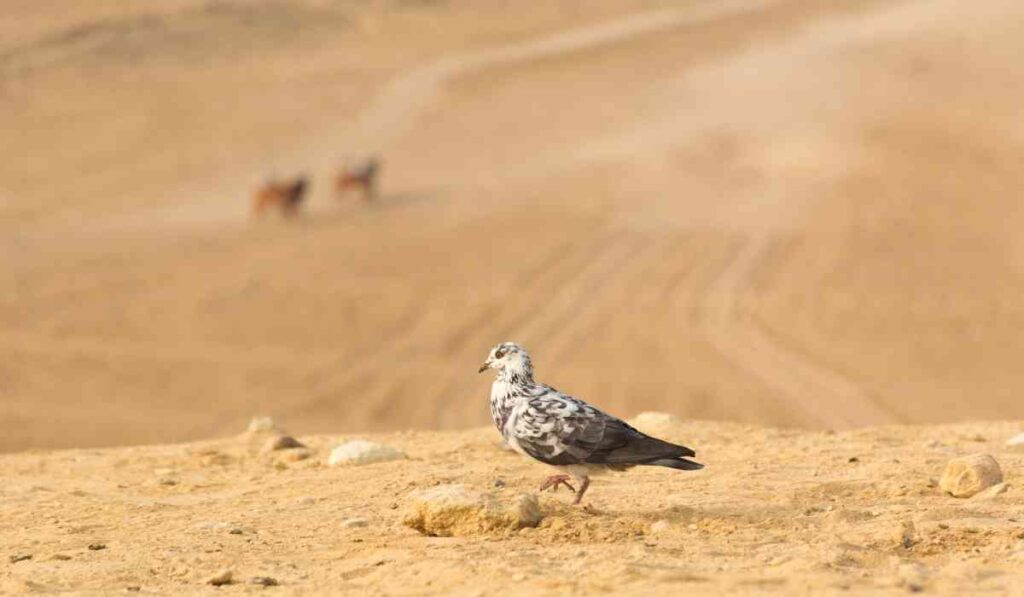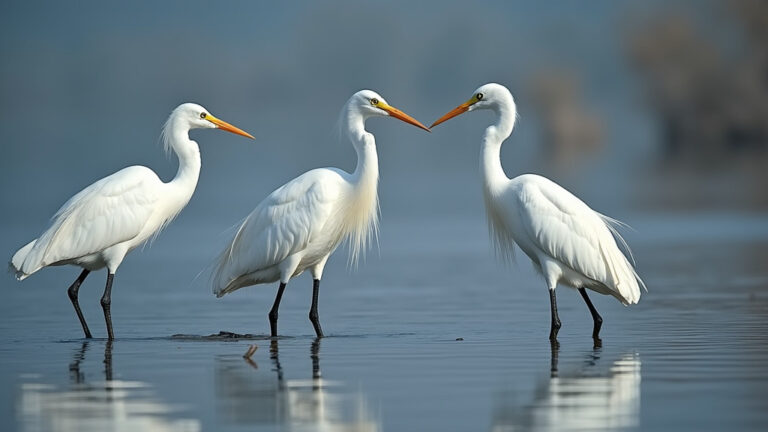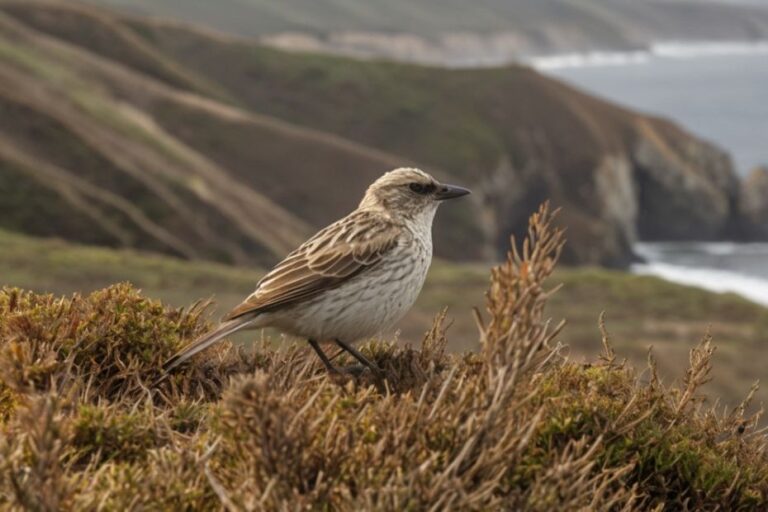Where to Find Birds? Ultimate Spots
Birds can be found in a variety of habitats, from dense forests to urban parks. Local nature reserves and bird sanctuaries are prime spots for birdwatching.
As an avid nature enthusiast or a budding birdwatcher, discovering where to find birds is the first step in the rewarding journey of birding. Various landscapes offer distinct birdwatching experiences; coastal areas allure with seabirds, while wetlands are bustling with migratory species.
Table of Contents
The Joy of Birdwatching

Birdwatching brings you closer to nature. You will discover the beauty of birds and learn about their behaviors. Imagine sitting quietly and seeing a colorful bird fly by.
That’s the joy of birdwatching. You can do it alone or with friends. Birdwatching also takes you to new places. From parks in your city to forests far away, birds are everywhere.
- See different birds
- Learn interesting facts about them
- Enjoy the outdoors
- Travel to new spots
Essential Gear For Birdwatchers
Before you start, you need some gear. Don’t worry; it’s not much. Here’s a list:
| Gear | Why It’s Needed |
|---|---|
| Binoculars | See birds up close |
| Field Guide | Identify different birds |
| Notebook | Keep track of what you see |
| Camera | Capture moments |
Now let’s talk about Where to Find Birds?
Local Parks And Gardens
Local parks and gardens are treasure troves for birdwatchers. These green spaces provide safe havens for various bird species. Urban dwellers can enjoy birdwatching close to home. No need to travel far for a glimpse of nature’s winged wonders.
Benefits Of Starting Local
- Easy access to birdwatching spots
- Lower cost compared to distant locations
- Familiarity with local species
- Opportunities for community engagement
Starting local helps beginners learn quickly. It builds a solid foundation for bird identification skills.
How To Spot Birds In Urban Areas
- Visit during quiet morning or late afternoon hours
- Look for water sources like ponds or fountains
- Watch for trees with berries or flowers
- Listen for birdsong and follow the sound
- Use binoculars for a closer look
Urban areas still host diverse bird life. Parks and gardens are excellent for spotting them.
Forests And Woodlands
Forests and Woodlands are havens for bird enthusiasts. These areas buzz with bird activity. Trees provide food, shelter, and nesting sites. Birdwatchers find these locations ideal for spotting various species.
Types Of Birds In Wooded Areas
Wooded habitats are home to diverse bird species. Each species adds to the woodland chorus. Among these are:
- Owls: Silent hunters of the night.
- Woodpeckers: Drummers on tree trunks.
- Warblers: Small birds with big songs.
- Thrushes: Known for melodious tunes.
- Hawks: Majestic raptors soaring high.
Best Practices For Forest Birdwatching
Watching birds in forests needs skill. Here are top tips:
- Move Slowly: Quick movements scare birds.
- Stay Quiet: Noise reduces bird sightings.
- Use Binoculars: Spot birds without getting close.
- Dress Appropriately: Blend with the environment.
- Respect Nature: Leave no trace behind.
Good birdwatching enhances with practice. Patience is key. Enjoy the sights and sounds of the forest!
Read More: Best Birding Lodges in Ecuador: Picks for Avian Enthusiasts
Wetlands And Marshes

Wetlands and Marshes are prime spots for birdwatching. These habitats offer rich and diverse ecosystems. Birds flock here for food, shelter, and breeding grounds. Explorers can witness unique bird species in their natural settings.
Diversity Of Waterfowl
Wetlands and marshes are a haven for waterfowl. A variety of ducks, geese, and swans find sanctuary in these waters. The areas provide plentiful food sources like fish, frogs, and aquatic plants. Bird enthusiasts can spot colorful plumages and hear distinct calls. Wetlands serve as critical stopovers for migratory birds.
Seasonal Changes And Bird Migration
The seasons transform wetlands, affecting bird migration patterns. Spring and fall see skies filled with migrating birds. These periods offer a chance to observe different species. Wetlands act as rest stops for birds on long journeys. The changing seasons bring new birds to local wetlands.
Visitors should bring binoculars for close-up views. Field guides can help identify various bird species. Early morning or late afternoon visits are best for active birdwatching. Quiet observation is key to not disturb the wildlife.
Coastal Areas And Beaches
Coastal areas and beaches are prime spots for birdwatching. They offer unique habitats that attract various bird species. These landscapes are alive with avian activity. Whether you’re an amateur or a seasoned birder, these locales are worth visiting.
Shorebirds And Seabirds Habitats
Shorebirds thrive where land meets sea. They forage in sand, mud, and amongst coastal vegetation.
Seabirds prefer open waters and rocky shores. They nest on cliffs, islands, and sometimes on human-made structures.
- Sandpipers scurry along the shore
- Plovers dash between waves
- Gulls hover above the surf
- Pelicans dive for fish
Tidal Influences On Bird Activity
Tides play a huge role in bird behavior at the coast. High tides push birds to roost. Low tides reveal food, attracting flocks of birds.
| Tide | Activity |
|---|---|
| High Tide | Birds rest and conserve energy |
| Low Tide | Birds feed on exposed marine life |
Mountains And Highlands
The Mountains and Highlands are magical places for birdwatchers. These areas offer unique experiences with rare birds not found elsewhere. Let’s explore the wonders of high-altitude birdwatching.
High-altitude Avian Species
Mountains are home to some of the most incredible birds. Here are a few:
- Golden Eagles – Majestic flyers of the sky.
- Mountain Bluebirds – Bright spots against the snow.
- Alpine Accentors – Masters of rocky terrains.
These species thrive in high altitudes, where the air is thinner. They adapt to the cold and rugged landscapes.
Challenges Of Mountainous Birdwatching
Watching birds in the mountains can be tough. Here are the main challenges:
- Rugged Terrain – Steep and rocky paths require caution.
- Changing Weather – Sudden storms can surprise you.
- High Altitude – The thin air makes breathing harder.
Despite these challenges, the rewards are great. Unique birds and breathtaking views await those who venture into the mountains.
Deserts And Arid Regions
The deserts and arid regions of the world are home to unique bird species. These birds have adapted to survive in harsh, dry conditions. Bird enthusiasts can discover a variety of species in these landscapes. Yet, it is essential to know where to look and how to respect the habitat.
Survivors Of The Drylands
Birds in deserts are true survivors. How Do Birds Survive in the Desert? They endure extreme temperatures and scarce water sources. Among these birds, some notable species stand out. The Greater Roadrunner dashes across the terrain. The Phainopepla flashes its shiny plumage. The Cactus Wren nests in prickly homes.
- Greater Roadrunner – Speedy desert bird
- Phainopepla – Shiny black bird
- Cactus Wren – Lives in cacti
Desert Birdwatching Etiquette
Desert birdwatching requires respect for the environment. It is crucial to minimize disturbance. Observers must keep a safe distance from nests and birds. Quiet observation is a must. It prevents scaring the birds away.
| Do | Don’t |
|---|---|
| Use binoculars | Approach nests |
| Stay on paths | Make loud noises |
| Carry water | Leave trash |
Tropical Rainforests
Tropical Rainforests are the world’s treasure chests of nature. They cover only a small part of the earth’s surface. Yet, they are home to over half of the world’s plants and animals. Among these treasures are countless species of birds, making these rainforests a paradise for bird watchers.
Richness Of Birdlife In The Tropics
The tropics boast an incredible diversity of birdlife. This is due to the warm climate and abundant food sources. Birds of all sizes, colors, and habits call these dense forests home. From the majestic harpy eagles to the tiny hummingbirds, every bird adds to the forest’s vibrancy.
In Bird Sanctuaries and Reserves?

Bird sanctuaries and reserves are havens for avian life. They offer birds protection and a place to thrive. Bird enthusiasts flock to these areas to witness the beauty and diversity of bird species.
Sanctuaries and reserves vary in size and habitat, providing unique bird-watching opportunities.
Role Of Protected Areas
Protected areas are crucial for bird conservation. They safeguard habitats from development and pollution. Birds can breed, feed, and migrate without human interference. Protected areas often support endangered species survival.
- Safeguard vital habitats
- Support biodiversity
- Enable research and monitoring
Guided Tours Vs. Solo Exploration
Choosing between guided tours and solo trips is a personal preference. Each offers distinct experiences.
| Guided Tours | Solo Exploration |
|---|---|
| Expert insights | Personal pace |
| Learn about species | Quiet observation |
| Meet fellow birders | Flexibility in schedule |
Traveling For Birdwatching
Birdwatching combines nature, travel, and discovery. It’s an escape into the wild. Bird lovers often travel far to spot rare species.
This quest leads to adventures in diverse habitats. From dense forests to coastal marshes, every landscape offers unique birdlife. Ready to embark on a birdwatching journey? Let’s dive into planning the perfect trip.
Planning A Birdwatching Trip
Research is key for a successful birdwatching trip. Find out which birds you might see. Consider the best time of year to visit. Prepare the right gear.
- Choose a destination rich in bird diversity
- Check bird migration patterns for timing
- Pack binoculars, field guides, and comfortable clothing
Join local birdwatching groups or forums. They offer tips and company.
International Hotspots for Birders
Some places are famous for their birds. Birders flock to these hotspots.
| Location | Highlights |
|---|---|
| Costa Rica | Resplendent Quetzal, Scarlet Macaw |
| Australia | Emu, Kookaburra |
| Papua New Guinea | Birds of Paradise |
Capturing The Moment
The Art of Creative Bird Photography with birds is a thrilling experience. You witness their natural behavior. You preserve a slice of avian life. Photographers find joy in this challenge. It requires skill, patience, and respect for our feathered friends.
Photography Tips For Birdwatchers
- Know your gear: Understand camera settings for quick shots.
- Use the right lens: A telephoto lens gets you close without disturbing.
- Study bird behavior: Anticipate actions for the best shots.
- Practice patience: Wait for the perfect moment.
- Focus on the eyes: Sharp eyes make photos come alive.
- Consider the light: Early morning or late afternoon are best.
- Use a tripod: Steady your shot for clear images.
- Respect the habitat: Keep a safe distance from nests and feeding sites.
FAQs About Where to Find Birds?
Where Is The Best Place To Find Birds?
The best place to find birds is in diverse natural habitats, such as wetlands, forests, and bird sanctuaries, especially during migration seasons.
Where Are Birds Mostly Found?
Birds are predominantly found in diverse habitats worldwide, including forests, deserts, mountains, and wetlands. They thrive in both rural and urban settings.
Where Do You Usually Find Birds?
Birds are commonly found in forests, parks, and coastal areas. They also thrive in urban settings, like city squares and gardens. Many species prefer specific habitats, such as wetlands or dense woodlands, for feeding and nesting.
What Is The Best Way To Find Birds?
To find birds effectively, explore diverse habitats early in the morning, stay quiet, use binoculars, and listen for bird calls.
What Are Popular Birdwatching Spots?
Bird enthusiasts often flock to national parks, nature reserves, and wetlands for diverse birdwatching experiences.
Conclusion
I think this article gives you a detail where to find birds. On a bird-watching adventure brings nature’s beauty into sharper focus. Local parks, nature reserves, and wildlife sanctuaries offer prime spots for feathered friends.
Whether you’re an avid birder or a curious onlooker, exploring these areas can yield rewarding sights and sounds.






